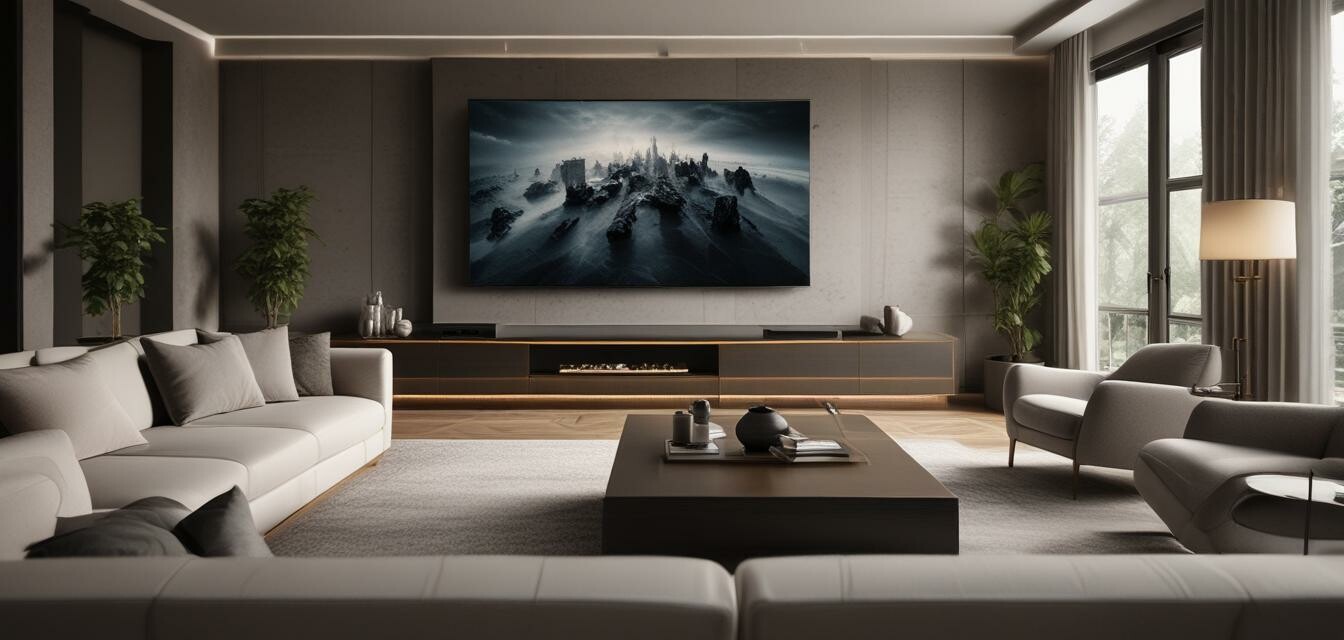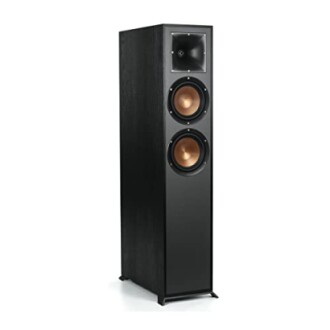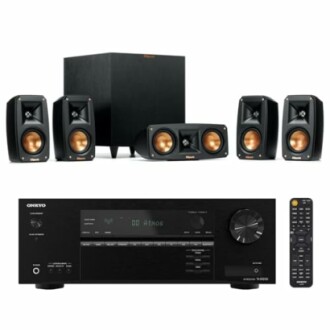
The Ultimate Guide to Choosing Home Theater Systems
Key Takeaways
- Understand the different types of home theater systems and their features.
- Consider room dimensions and acoustics when selecting speakers and other components.
- Prioritize quality over quantity for a balanced sound experience.
- Wireless options provide flexibility, while wired systems often offer better sound quality.
- Budget sensibly — high-quality systems can be found at various price points.
Creating an immersive home theater experience can transform your living space into a cinematic paradise. Whether you’re a movie buff or enjoy watching your favorite television shows, the right home theater system can elevate your experience. In this guide, we’ll dive into the essential factors you need to consider when selecting a home theater system to ensure a remarkable audio-visual experience.
Understanding Home Theater Systems
A home theater system consists of multiple components designed to provide an enhanced audio and visual experience. Here are the main components you should consider:
- Display: This can be a television or a projector that displays high-definition video.
- Audio System: This includes speakers, receivers, and subwoofers that provide quality sound.
- Media Source: Streaming devices, Blu-ray players, and cable boxes that provide access to your favorite content.
Key Components to Consider
1. Speakers
Speakers are the heart of any home theater system. They come in various types:
- Surround Sound Speakers: These are designed to immerse you in audio from all directions.
- Subwoofers: These deliver deep bass sounds that enhance the experience, especially in action movies.
- Bookshelf and Floorstanding Speakers: These provide a well-rounded sound experience and can be placed on a shelf or the floor.
2. Audio/Video Receiver
The receiver acts as the central hub of your home theater system. It decodes audio and video signals and sends them to your speakers and display. Look for a receiver with sufficient channels and the latest surround sound technology.
3. Video Display
Your display device is equally important. Depending on your preferences, you might opt for a:
- 4K Smart TV: Offers excellent picture quality and smart functionality.
- Projector: Perfect for large screens and a cinematic experience.
Choosing the Right Home Theater System
When selecting a home theater system, consider the following:
- Room Size: Know the scale of your room to choose appropriately sized speakers and display.
- Acoustics: The materials in your room affect sound quality. Hard surfaces may reflect sound, while soft furnishings absorb it.
- Wired vs. Wireless: Wireless systems offer flexibility but may sacrifice sound clarity compared to wired systems.
- Budget: Decide how much you want to invest in a home theater system and explore options within that range.
Top Recommendations
Here are some top-notch home theater products to consider:
Klipsch R-625FA Powerful Detailed Floorstanding Single Home Speaker Black
This speaker delivers exceptional sound quality, featuring Dolby Atmos compatibility and powerful built-in woofers for an immersive experience.
More DetailsKlipsch Reference Theater Pack 5.1-Channel Speaker System + Onkyo TX-SR3100 80W 5.2-Channel AV Receiver
This compact theater pack offers high-quality sound and flexibility, ideal for any small to medium-sized room.
Explore NowSetting Up Your Home Theater
Once you’ve chosen your components, it’s time to set everything up. Here’s a simple guide to follow:
1. Position Your Speakers
| Speaker Type | Recommended Position |
|---|---|
| Front Speakers | On either side of the display, angled slightly towards the listening area. |
| Center Speaker | Below or above the display, facing the seating area directly. |
| Surround Speakers | At ear level, positioned to the side or slightly behind the main seating area. |
| Subwoofer | Placed in a corner or along a wall for optimal bass response. |
2. Calibrate Your System
Use the receiver’s setup mic or app to calibrate the audio settings based on room acoustics and speaker placement.
3. Organize Your Cables
Keep cables tidy and out of sight for a more polished look. Cable covers or conduits can help manage this effectively.
Conclusion
Selecting the right home theater system requires careful consideration of various components and specifications. By understanding your space and your needs, you can create an audio-visual experience that rivals a movie theater. For additional information, check out our resources on Best Economical Home Theater Systems, Cheap Soundbars for TV, and explore other buying guides for additional speaker types.
Beginners Section
- Start Small: If you're new to home theater, consider starting with a soundbar before expanding.
- Check for Compatibility: Ensure that all devices work well together for the best performance.
- Read Reviews: Look for user reviews and expert opinions to make confident choices.

